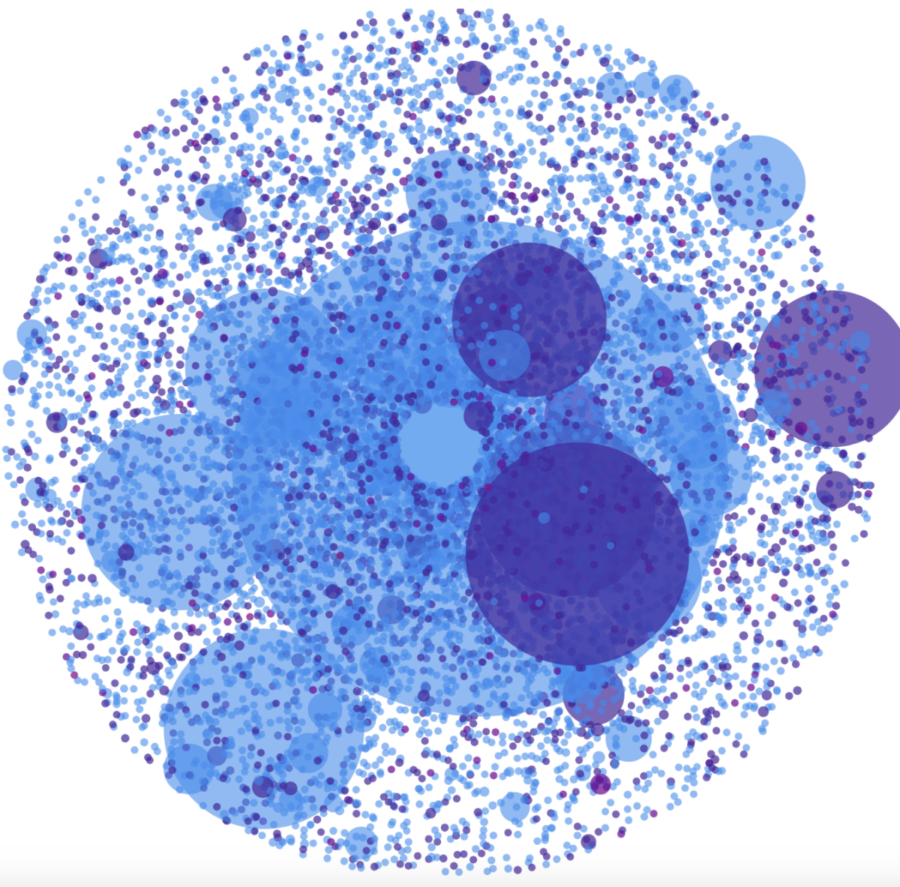In today’s digital age, social media reigns supreme as the primary mode of communication and content distribution. Yet, as we know too well, the design of these platforms fosters a highly unequal distribution of attention, with only a select few content creators and posts garnering millions of views and engagement.
While the viral nature of social media can have both positive and negative effects, it remains a powerful tool for building movements and disseminating information. The potential for viral content to spark social change is palpable, as seen in the rise of social justice movements that have gained traction through the power of the internet. But with this comes a downside: the potential of a proliferation of misinformation. Falsehoods and propaganda can spread like wildfire, reaching vast audiences before the truth has a chance to catch up. This poses a real threat to the health of our democracy and society at large.
To better understand the mechanics of virality, a team of researchers at the Brown Institute in partnership with the Knight First Amendment Institute, have created an interactive visualization that allows users to trace the information cascades of a few highly popular tweets. By seeing and feeling how engagement events unfold over time, users can gain a deeper intuition for how viral content works and its potential impact.
Additionally, the visualization explores the effects of content demotion, a content moderation strategy where algorithmic measures are used to limit the reach of certain content without outright removal. This approach has been employed by social media platforms to combat the spread of harmful or false information while still respecting free speech and expression.
Arvind Narayanan is the Knight Institute visiting senior research scientist for 2022-2023.
Sahil Patel is a graduate student at Columbia University’s Fu Foundation School of Engineering and Applied Science.
Samia Menon is an undergraduate student at Columbia University’s Fu Foundation School of Engineering and Applied Science.

